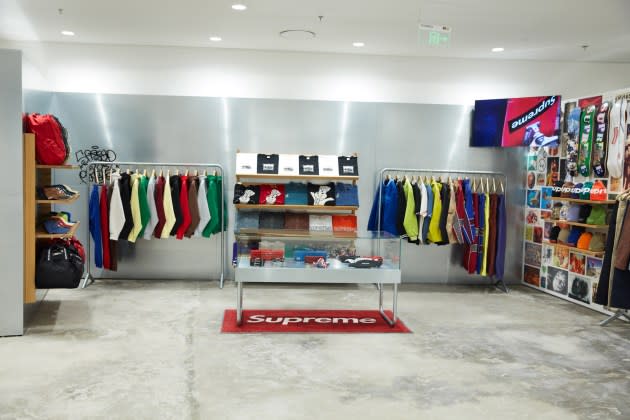What to Watch: Fashion Looks to Refinance in an Era of Higher Interest Rates

Debt financings usually come and go with little note in fashion.
But with the Federal Reserve pushing up interest rates to fight inflation, what would have been run-of-the-mill tweaks to corporate balance sheets are starting to come under the microscope.
More from WWD
Witness VF Corp., which loaded up with debt to buy Supreme for $2.1 billion in 2020 and is facing what’s become an inconvenient refinancing. The company’s Vans brand is in the midst of a turnaround, investors are fretting over the company’s dividend payment and the search to replace former chief executive officer Steve Rendle continues.
The company, also parent to The North Face, Timberland and other brands, has 850 million euros of senior notes coming due in September.
But whereas that debt came with an interest payment of just 0.625 percent, the refinancing will come dearly.
The Fed ratcheted up its benchmark interest rate seven times last year — going from a range of zero to 0.25 percent to a range of 4.25 to 4.5 percent — making it much more expensive to borrow money.
And since Bloomberg reported last month that VF was considering selling off its Jansport business, analysts have been speculating that the company could dispose of that business as well as other brands, perhaps Kipling and Eastpak as well, and maybe Napapijri, all of which reside in the group’s active portfolio.
Tom Nikic, an analyst at Wedbush, said: “Between rising interest rates, the debt raised to finance the Supreme deal, and the company’s recent financial choppiness, they would presumably have to refinance these notes at a much higher interest rate, so they might prefer to divest some non-core assets to raise cash to help pay off the notes at maturity, rather than refinancing the full amount.
“If they’re looking to generate $500 million of cash, they’d probably have to sell all four ‘non-core’ active brands — the brands excluding Vans and Supreme —which generate about $700 million of revenue combined, so a 0.7x sales multiple would yield [approximately] $500 million of proceeds,” Nikic said.
VF hasn’t been acting so much like the fashion powerhouse it was. But if its refinancing is causing so much angst, one can only assume that other companies are not far behind.
Financial sources tell WWD the big banks that typically finance fashion’s mega players are being more cautious, forcing companies to be more creative as they prepare to power out of any consumer slowdown or to just keep the lights on.
